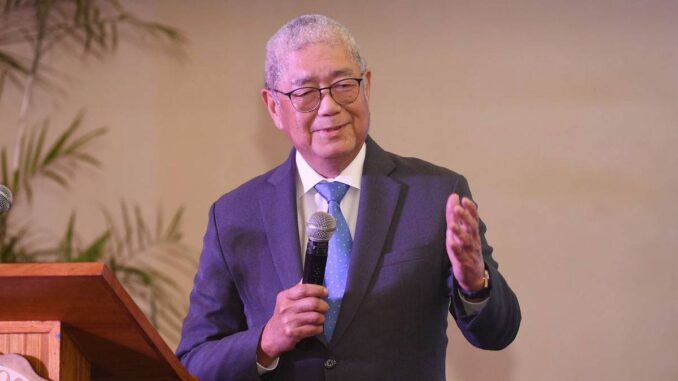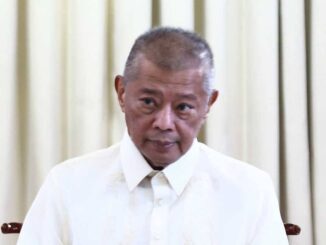
The Philippines has been kept on a global dirty money watchlist, but was said to have resolved previously identified deficiencies and could finally exit early next year.
Late on Friday, the Paris-based Financial Action Task Force (FATF) said that strategic issues keeping the country in the “grey” list of jurisdictions under increased monitoring had been “substantially” addressed.
“[W]e’re very happy to report and for me to share with you that this week the plenary examined the progress of the Philippines and consider that the Philippines has indeed substantially completed” its action plan, FATF President Elisa de Anda Madrazo told reporters.
The watchdog kept the Philippines on the “grey” list for a third straight year during its previous meeting in June, noting continued deficiencies in its anti-money laundering and combating the financing of terrorism (AML/CFT) systems.
Inclusion in the grey list means increased monitoring by the FATF and a commitment to quickly resolve identified deficiencies.
The remaining deficiencies identified in June were in the areas of mitigating money laundering and terrorist financing risks linked to casino junkets, detecting false currency declarations and the confiscation of illicit proceeds, and the prosecution of cases related to terrorist financing.
In its latest assessment, the FATF said that the country now warranted an “on-site assessment in order to verify that the implementation” of AML/CFT reforms had “begun and is being sustained, and that the necessary political commitment remains in place to sustain implementation in the future.”
Madrazo said the FATF plenary had granted the on-site visit, which will take place between now and February 2025.
“An on-site visit means that a group of experts go into the country to verify the progress that it has made so that the FATF can decide whether to remove it from the ‘grey’ list or not. So we will expect an answer on this in February of 2025,” she said.
“This gives me an opportunity also to express that the Philippines is another example of the positive impact that this process can have in a country,” she added.
“With billions of dollars flowing into the country annually and the sheer volume of cross-border transactions, the progress made by the Philippines will have a huge impact in the security of the international financial system.”
The country was blacklisted in 2000, which led to economic penalties, and only exited that list in 2005 after the 2001 passage of the Anti-Money Laundering Act and a subsequent 2003 amendment.
It returned to the “grey” list in 2010 due to the lack of counter-terrorism financing laws and was downgraded to the “dark grey” list in February 2012.
It was upgraded to the “grey” list in June of that year and finally exited in 2013 with the passage of the Terrorism Financing Prevention and Suppression Act of 2012.
It was kept on a watchlist, however, until 2017 with the passage of the Casino Law.
Following a 2018 evaluation, it was returned to the “grey” list in 2021. Last June the FATF said the Philippines should “swiftly implement its action plan” as “all deadlines had expired in 2023.”
A one-year extension was earlier reported given some progress and President Ferdinand Marcos Jr. at the start of this year ordered all concerned government agencies to work on securing an October exit.
Bangko Sentral ng Pilipinas Governor Eli Remolona Jr., however, said in July that while all deficiencies could be resolved by October, this will still have to be validated and that the earliest exit could be in January next year.





Be the first to comment